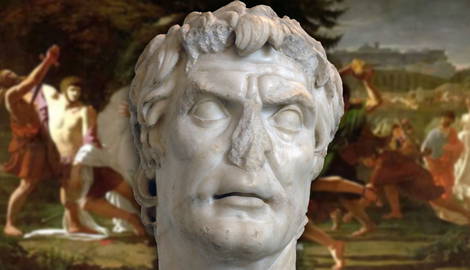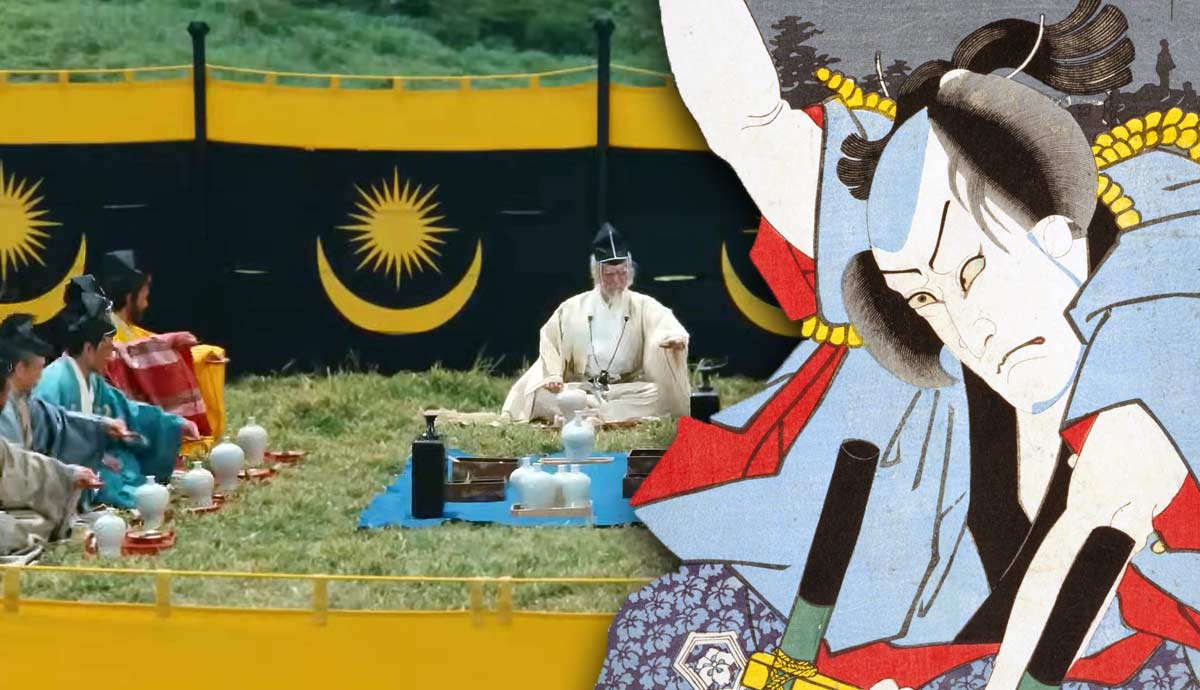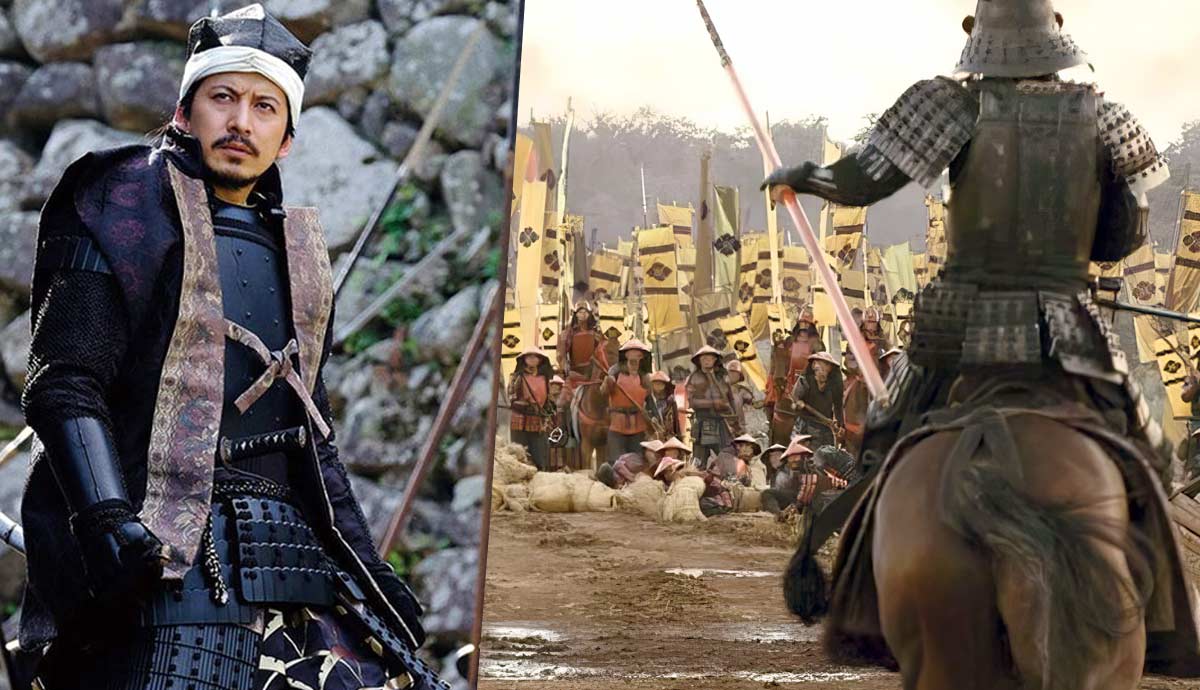
By the early first century BCE, the Roman Republic could be forgiven for resting on its laurels. It was by now the dominant power in the ancient Mediterranean: Carthage had been destroyed, Greece and Macedonia conquered. However, in the decades that followed, the Republic pitched from one crisis to the next. Overseas, they faced the formidable might of Mithridates. Closer to home, war erupted across the Italian peninsula as Rome’s former allies—the Socii—turned on her. The conflict that followed—the Social War—ushered in an era of political turmoil that pushed the Republic ever closer to the precipice of civil war…
Uneasy Neighbors: The Eve of the Social War

In 216 BCE, the Roman Republic stood in very real danger of total collapse. Locked in a life-or-death struggle against the Carthaginians during the Second Punic War, two Roman consuls and most of their Italian armies had just been obliterated by Hannibal’s tactical masterclass at Cannae. Panic gripped Rome but it also sparked other cities in Italy into action.
As Livy records, a number of cities in the south of the peninsula, including Capua and Tarentum, sensed an opportunity to free themselves from their lop-sided allegiance to Rome and declared their support for the Carthaginians. Although the Roman forces under Scipio Africanus would eventually emerge triumphant from the Second Punic War, they would not forget the treachery of their Italian allies. Harsh punishments were doled out as Roman control was reimposed.

Although relationships between Rome and her allies had improved somewhat toward the end of the 2nd century, there were still tensions. Men from these allied states fought in the Roman armies, expanded Roman power, and helped fill the Republic’s coffers. However, because they lacked citizenship, the allies—the Socii—had no political agency within the Republic. This is well illustrated by the aggressive way in which the Republic enforced the Senatus consultum de Bacchanalibus, the legislation passed in 186 BCE to suppress the perceived orgiastic, dangerous rites of the worshippers of Bacchus (the Latin form of Dionysus, the god of wine).
The Death of Drusus: The Start of the Social War

By the turn of the century, there had been attempts to change the political situation in Rome, including its relationships with its neighbors and allies. The calls for reform often spilled over into violence and bloodshed. Tiberius Gracchus and his brother, Gaius, were two of the most notable exponents of this atmosphere of political agitation. The latter is said to have proposed changes in legislation that would have extended Roman citizenship to the Socii. However, it was another Tribune of the Plebs, Marcus Livius Drusus, who provided the spark that ignited the Social War.

In 91 BCE, Drusus—whose house on the Palatine would later be owned by Cicero—had attempted to introduce a range of reforms that included the extension of citizenship, which would have granted the allies the right to participate in the Republic’s elections. While this would certainly have been a boon to the more well-off allies, the poor in Italy would also have welcomed freedom from the unequal relationships that gave Romans access to valuable farming lands (an issue that had already been raised with Tiberius Gracchus’ attempts at land reform with the Lex Sempronia in 133 CE).
Drusus’s proposed reforms faced fierce senatorial opposition and—much like the Gracchi brothers—he too was assassinated, a precursor to the worsening political and civic violence that would afflict the Republic in the decades to come. Drusus’s death in September 91 proved to be the catalyst for the war that followed almost immediately, pitching the Roman Republic against their former allies.
Writing the History of the Social War: Appian

The Social War, which pitched the Roman Republic against her Italian allies, has attracted considerable interest from modern historians. Not least, this interest is provoked by a desire to understand the underlying causes — arguments range from Italian wishes to gain citizenship to interpretations of the war as a struggle for independence from the Roman Empire.
Part of the issue when it comes to understanding the war is that there are comparatively few contemporary accounts; the bulk of the sources that have survived all belong to later periods. Even the account by Livy, normally so valuable for Rome’s Republican history, survives only in a fragmentary state for this period. The issue is compounded by the total dearth of sources from the Socii themselves; beyond scattered numismatic evidence—with its admittedly striking iconography—there is no written account from the Italians.
As such, historians are heavily dependent on the account of the Social War provided by Appian of Alexandria (c.96-165 CE). Appian was a Greek-speaking historian who was active during the second century CE, living through the reigns of Trajan, Hadrian, and Antoninus Pius. Two works of his history survive: the Foreign Wars and the Civil Wars. The latter, which is fragmentary, covers the period from the Gracchi brothers through to the Second Triumvirate of Octavian, Mark Antony, and Lepidus. His history of the Social War contained in this work focuses on the Italians’ demands for Roman citizenship, alongside issues pertaining to land ownership and usage. The desire for citizenship, Appian argues, stemmed from the Socii’s desire “to be partners in the hegemony [of the Roman Empire], instead of subjects.”
Socii Successes and Roman Defeats

Rebelling against Rome was serious business, and the Socii need only have considered the fate of Fregellae to warn them of the consequences of failure. This flourishing town, south of Rome, had revolted in 125 against the refusal to extend Roman citizenship. A traitor within the city opened the gates to the advancing Romans, and Fregellae was obliterated.
Charting the source of the Social War is problematized by the surviving source material. According to a later summary of Diodorus Siculus, the Italians mobilized by mimicking the Romans, establishing a senate, and appointing two consuls, one each for the northern and southern theaters of war. Based on coinage, there was a high degree of interdependence among the various groups within the Socii.
According to Appian’s account, the Italians who had rebelled against Rome were able to put over 100,000 men into the field. To the north of Italy, the war would be focused on Asculum, and to the south, the target of aggression would be Samnium, Apulia, Campania, and Lucania. In response to the uprising, the Romans levied a similarly large force of men, also drawing on the manpower of their overseas empire. They were led in 90 BCE by the consuls Lucius Julius Caesar and Publius Rutilius Lupus.

The early stages of the war were not promising for the Romans. Lucius Julius Caesar was unable to break the Socii’s siege of Aesernia despite repeated attempts; later in 90 BCE, the city would fall to the Italians. Elsewhere, damaging defeats were inflicted on the Romans in Lucani, including at Alba Fucens. To the south, the Socii enjoyed even better success. A slew of towns fell to the Italians led by the Samnite nobleman, Gaius Papius Mutilus. The towns taken included Nola and Herculaneum, at the foot of Mount Vesuvius, in Campania.
During the summer campaign, the consul Publius Rutilius Lupus was killed at the Battle of the Tolenus River, and his men were massacred. While the return of the fallen men to Rome caused widespread panic, there was something of a silver lining to this Roman reversal. From the start of the Social War, the consuls had been able to draw on the skill of two gifted commanders who were serving as legates: Marius and Sulla. When Rutilius’ replacement as consul was also killed, power was passed to Marius, the hero of the Cimbrian Wars. The tide of the war would soon turn decisively in Rome’s favor.
The Republic Strikes Back

It did not take long for the change in leadership to create a response from the Romans. Recognizing the need to split the Italian forces, Marius—supported by a flanking maneuver by Sulla—was able to crush a force of the Italians at the Fucine Lake, decisively dividing the armies. Quite quickly, Roman forces in the north under Sextus Julius Caesar and Gnaeus Pompeius Strabo (the father of the future Pompey the Great) scored several decisive victories.
The Italians had to resort to rather desperate tactics. This included trying to tempt the towns of Etruria and Umbria into joining the revolt, as well as a desperate plea to Mithridates VI, the King of Pontus, to invade Italy; Mithridates, who would prove to be one of Rome’s most formidable foes, decided not to cast his lot in with the Italian cause, which was already clearly doomed.

As Italian resistance began to collapse, the senate moved to quickly soothe the wounds of war. A decree—known now as the Lex Julia de Civitate—was quickly passed, offering Roman citizenship to any Italian community that had not revolted or those that promptly surrendered their arms.
Some pockets of fierce Italian resistance did endure, and notably one of the consuls in 89—Lucius Porcius Cato—was killed in another battle at the Fucine Lake. To the south, Sulla led an offensive against the Samnites, taking Pompeii, Herculaneum, and Stabiae back under Roman control as he advanced. His successes helped him win the consulship in 88 BCE.
Another decisive victory came for the Romans in late 89 BCE, when Pompeius Strabo finally took the city of Asculum, a success for which he celebrated a Triumph. The conflict was only brought to a definitive end in 88 BCE with the defeat and death of Quintus Poppaedius Silo, the last Italian commander mobilized against Rome.
The Cost of Victory: The Coming Civil Wars

Although the Romans were victorious in the Social War, the Republic paid a heavy price for its success. The state itself had expanded, as citizenship had been further extended with the Lex Plautia Papiria in 89 BCE. The reorganization of the Italian people within the Roman state was a colossal undertaking, one which would not really come to fruition until the reign of Augustus — by which point any vestige of political agency beyond the imperial household had all but disappeared, anyway.
The Social War did not bring an end to the war in Italy, either. While Rome’s most pressing concern in the aftermath became the Mithridatic War in the east, soon rivalries between the main actors in the Social War—Sulla, Marius, and their supporters—would erupt into open civil war. A nadir would be reached when, in 82 BCE, the armies of Sulla battled fellow Romans at the Colline Gate on the northeast edge of the city. For several historians, the turbulence of the Social War, despite the Roman victory, sowed the seeds of future disasters, as a series of strongmen emerged to bend politics to their will…










